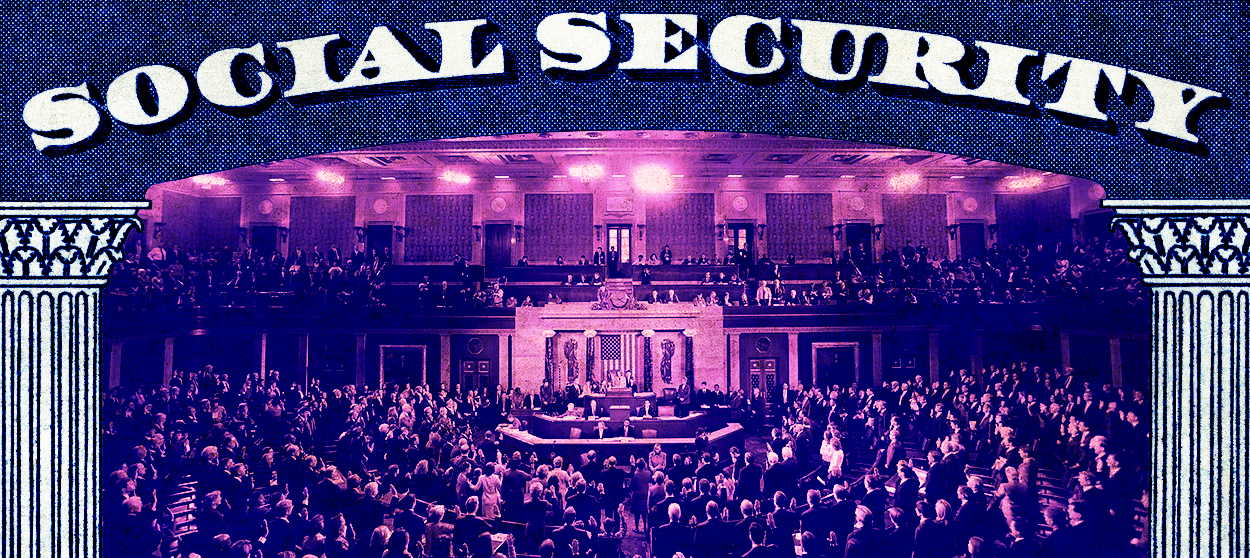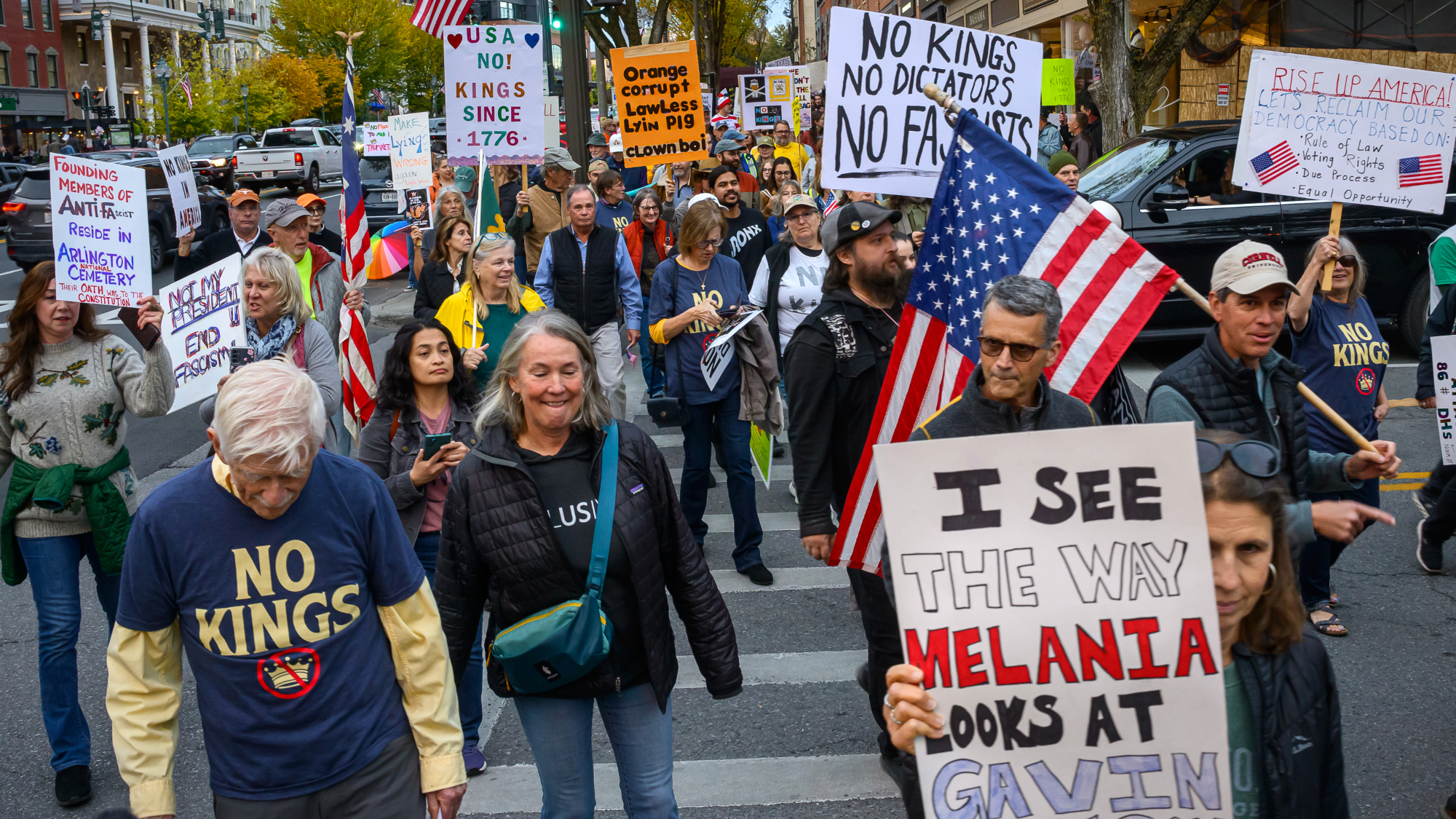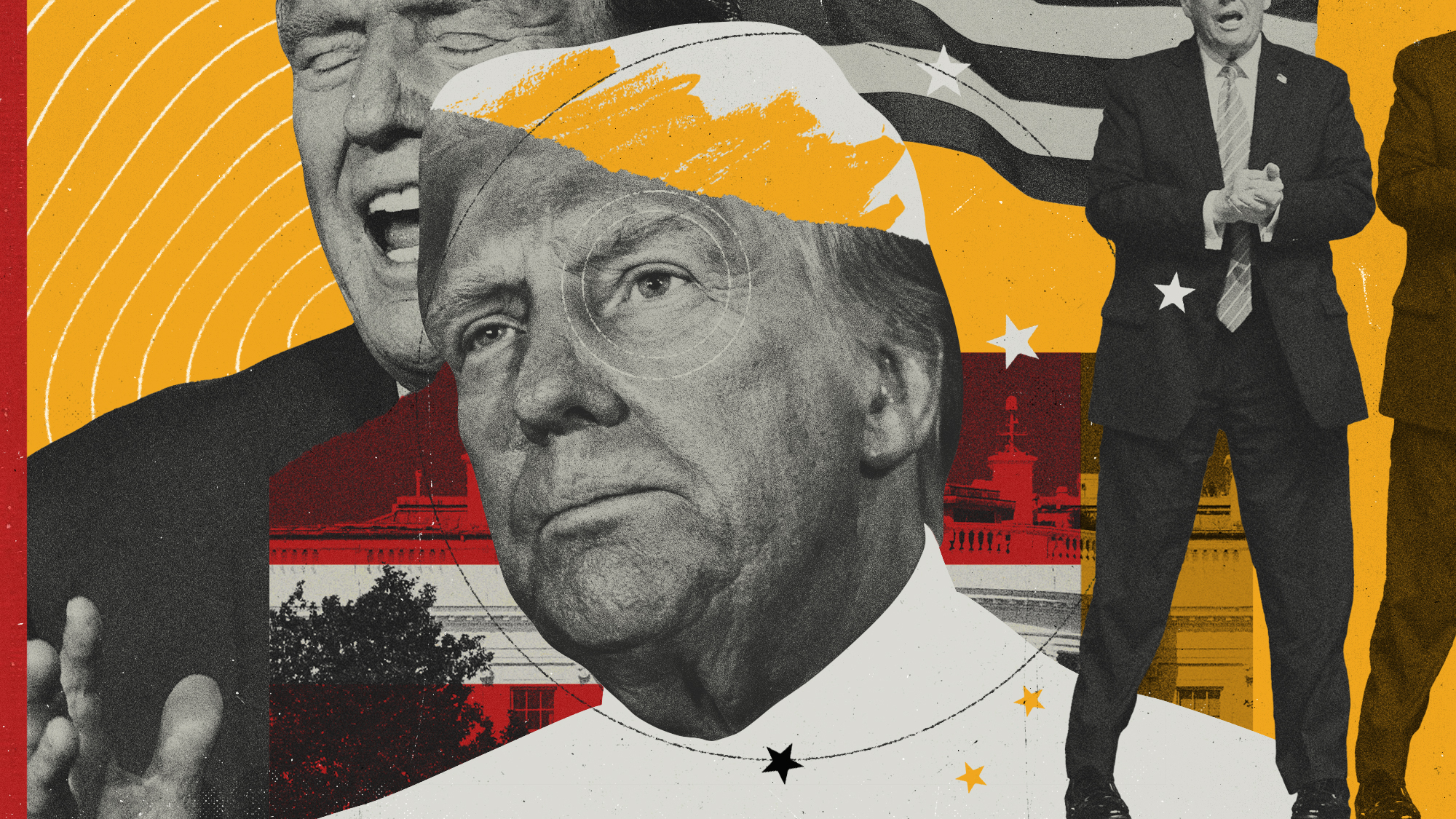Social Security's looming crisis is political, not economic
There's no reason the government can't keep paying benefits in perpetuity


There are few traditions in American politics as cherished as the semi-regular panic over Social Security. There are equally few that are such utter balderdash on the economic merits.
The latest example of this time-honored practice comes to us courtesy of The New York Times. "Social Security's so-called trust funds are expected to be depleted within about 15 years," the outlet warned this week. "Benefit checks for retirees would be cut by about 20 percent across the board." The cuts could potentially rise to 25 percent in later years. About half of all seniors rely on Social Security as their primary means of income, and the program reduces the poverty rate among the elderly from 39 percent to 9 percent. If the benefit cuts do happen, that would be devastating. The question is whether the cuts, at the basic structural level, are actually necessary at all.
Social Security's trust funds were created back in the late 1930s, along with the benefits program itself and the payroll taxes intended to finance it. The idea was that the money brought in by the payroll tax would be deposited in the trust funds, then used to pay retirees' benefits — essentially mimicking the function of a private retirement account. The problem is that the baby boomers are now retiring, and as their name suggests, there's a lot of them. Average life spans for the elderly have also increased. Social Security is paying its promised benefits to more people, and paying more of them per person. That spending has overtaken the flow of money from the payroll tax, and the trust funds are draining faster than they're being replenished. They're currently projected to run out entirely around 2034 or 2035. At that point, the law says benefits have to be cut until total payments going out match the total payroll tax revenue coming in; hence the 20-to-25 percent benefit reduction.
The Week
Escape your echo chamber. Get the facts behind the news, plus analysis from multiple perspectives.

Sign up for The Week's Free Newsletters
From our morning news briefing to a weekly Good News Newsletter, get the best of The Week delivered directly to your inbox.
From our morning news briefing to a weekly Good News Newsletter, get the best of The Week delivered directly to your inbox.
Okay then. That sounds pretty bad, right? How is this not a looming crisis?
The problems begin with that whole point about how the Social Security trust funds mimic the function of private savings. It's widely assumed the federal government is just like a private household or business; it can run out of money if it doesn't manage its spending and revenue properly. Indeed, Social Security's trust funds are designed on this premise. But that's actually not how it works at all. As I've written many times before, the federal government is the sole legal issuer of U.S. dollars into the economy. Its finances work more or less backwards: it has to spend money into the economy before it can tax it back out again. The federal government can never "run out" of money, nor can it ever suffer an involuntary debt crisis. The federal government can cause too much inflation in the economy, but that's it.
The implications for Social Security should be obvious. As far as the federal government's ability to procure dollars is concerned, the depletion of the trust funds is a meaningless event. It can keep right on paying every last Social Security benefit it has promised in perpetuity.
Yes, the laws governing Social Security require benefits to be cut anyway. But that's just a rule Congress imposed on itself; there's no hard objective reality forcing it to cut benefits, the way you or I really would be out of money if we spent everything in our retirement portfolio. And since Congress wrote that law, it can also unwrite it. In point of fact, the Congressional Budget Office's (CBO) long-term projections already assume this will happen: "In CBO's extended baseline projections, Social Security is assumed to pay benefits as scheduled under current law, regardless of the status of the program's trust funds," as it says on page 16 here.
A free daily email with the biggest news stories of the day – and the best features from TheWeek.com
Why on earth was Social Security designed this way to begin with? In a word, politics. President Roosevelt felt Social Security would be harder to eliminate if voters believed they had "earned" their benefits by first paying into the program via payroll taxes. "We put those payroll contributions there so as to give the contributors a legal, moral, and political right to collect their pensions and their unemployment benefits," Roosevelt allegedly told an adviser at the time, "Those taxes aren't a matter of economics, they're straight politics."
Now, maybe you think Roosevelt was right on the necessary politics, and maybe you don't. But the artifice is apparent everywhere, once you know to look for it. The very first Social Security beneficiary, Ida May Fuller, got her initial benefits check in 1939, after paying into the system for just three years — hardly enough time to build up the necessary "savings" to fund her retirement. The very fact that benefit cuts would reduce Social Security to a cashflow basis demonstrate that current workers finance the benefits for current retirees, as opposed to payroll taxes being stored up for the future retirement of the citizens who payed them.
The actual function of the payroll taxes is to remove demand from the economy, thus making room for the demand that Social Security's spending injects into the economy. Which is what keeps inflation on an even keel. Meanwhile, those long-term CBO projections anticipate inflation will remain at a very modest and manageable 2.4 percent through 2050. In short: the system is fine.
Of course, Congress still faces the fact that it made a rule for itself that benefits must be cut when the trust funds run dry. If it wants to maintain the fiction, Congress could do what previous reforms have done, and bring spending and revenue back into line through some combination of benefit cuts and payroll tax hikes. At some point, however, you'd think the better move would be to acknowledge the trust funds are a political gimmick, and just spend whatever benefits our elected representatives deem appropriate.
Social Security may face a very interesting political crisis in the coming decade or two. But in hard economic terms, there is no crisis at all.
Jeff Spross was the economics and business correspondent at TheWeek.com. He was previously a reporter at ThinkProgress.
-
 Political cartoons for January 4
Political cartoons for January 4Cartoons Sunday's political cartoons include a resolution to learn a new language, and new names in Hades and on battleships
-
 The ultimate films of 2025 by genre
The ultimate films of 2025 by genreThe Week Recommends From comedies to thrillers, documentaries to animations, 2025 featured some unforgettable film moments
-
 Political cartoons for January 3
Political cartoons for January 3Cartoons Saturday's political cartoons include citizen journalists, self-reflective AI, and Donald Trump's transparency
-
 Bari Weiss’ ‘60 Minutes’ scandal is about more than one report
Bari Weiss’ ‘60 Minutes’ scandal is about more than one reportIN THE SPOTLIGHT By blocking an approved segment on a controversial prison holding US deportees in El Salvador, the editor-in-chief of CBS News has become the main story
-
 Has Zohran Mamdani shown the Democrats how to win again?
Has Zohran Mamdani shown the Democrats how to win again?Today’s Big Question New York City mayoral election touted as victory for left-wing populists but moderate centrist wins elsewhere present more complex path for Democratic Party
-
 Millions turn out for anti-Trump ‘No Kings’ rallies
Millions turn out for anti-Trump ‘No Kings’ ralliesSpeed Read An estimated 7 million people participated, 2 million more than at the first ‘No Kings’ protest in June
-
 Ghislaine Maxwell: angling for a Trump pardon
Ghislaine Maxwell: angling for a Trump pardonTalking Point Convicted sex trafficker's testimony could shed new light on president's links to Jeffrey Epstein
-
 The last words and final moments of 40 presidents
The last words and final moments of 40 presidentsThe Explainer Some are eloquent quotes worthy of the holders of the highest office in the nation, and others... aren't
-
 The JFK files: the truth at last?
The JFK files: the truth at last?In The Spotlight More than 64,000 previously classified documents relating the 1963 assassination of John F. Kennedy have been released by the Trump administration
-
 'Seriously, not literally': how should the world take Donald Trump?
'Seriously, not literally': how should the world take Donald Trump?Today's big question White House rhetoric and reality look likely to become increasingly blurred
-
 Will Trump's 'madman' strategy pay off?
Will Trump's 'madman' strategy pay off?Today's Big Question Incoming US president likes to seem unpredictable but, this time round, world leaders could be wise to his playbook
